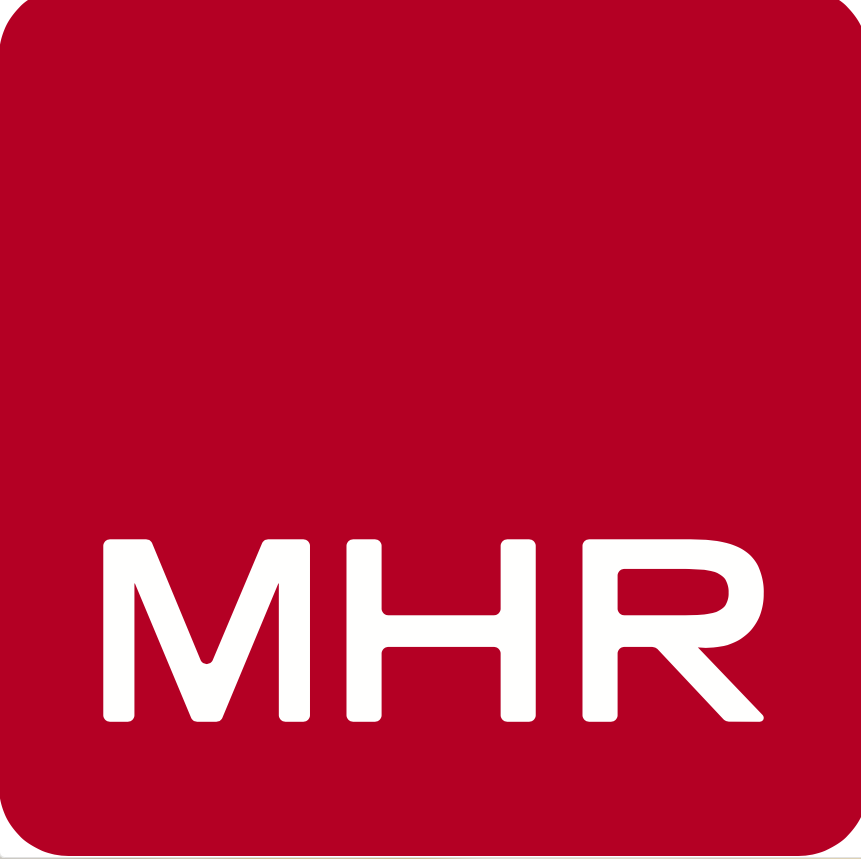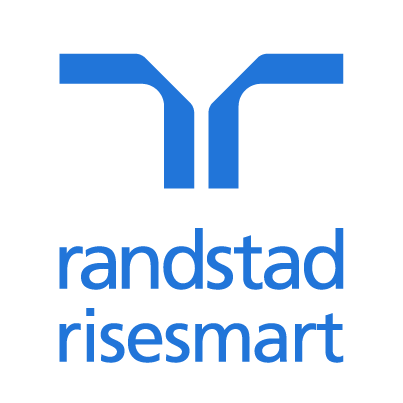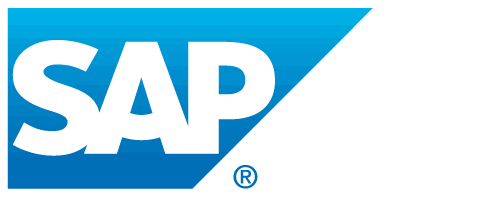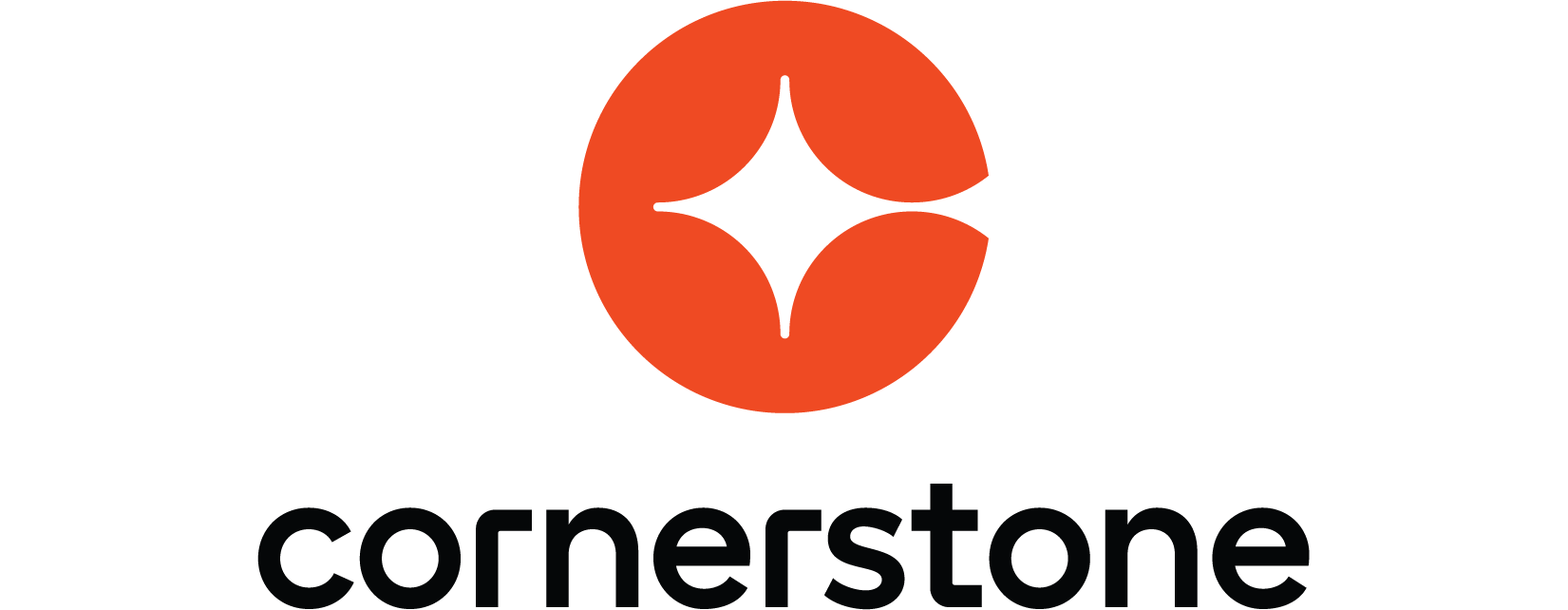Recruiting the right person has never been easy. At this moment in time, when we have more vacancies than there are people in the job market, it’s got even tougher. But what is causing these barriers to a successful recruitment process?
Is it that the industry skills are limited? Or could it be another issue altogether: that organisations haven’t defined the perimeters of the job they are recruiting for correctly?
Are we, in fact, focusing their efforts in the wrong place? Could many employers find that actually, they don’t need to recruit externally at all? That the expert they are looking is already within the organisation, being under-utilised in another role.
Unlocking this hidden potential requires HR teams to understand the skills within their existing workforce, ensuring they are not wasting untapped talent and resources.
One way of resolving this is by using talent mapping to provide a clearer picture of employees’ skills, ambition and interests.
How to map your talent
Talent mapping works best when teamed with up-to-date data and analytics. With access to analytics, HR departments can quickly match a job spec to the qualifications of individuals when internal vacancies or promotion opportunities arise, examining feedback from managers over the candidate’s entire career in the company.
Natural language processing tools are capable of rapid analysis of key terms to provide insights into who is most suitable and most likely to provide the best outcome.
To map talent internally, HR departments should be systematic in their approach to employee skills and begin by creating a competency framework.
These frameworks can be used to evaluate performance but also provide a clear map of employee competencies, including technical abilities, behaviours, traits, and skills.
They can then be created and stored within a HR system that nurtures the development of workforce communities to support micro-learning, something which can be particularly helpful with hybrid workforces, and which facilitate regular, informal dialogues between individuals and their managers.
These discussions will surface skills that employees have developed, giving HR an up-to-date picture of individuals’ experience, ambitions, and expectations, which can all be used to identify internal candidates with skills that could be transferable for a role elsewhere in the business.
Equally, employees can clearly see the gaps they may need to develop for a new role and, with the support of management, take part in the necessary training or upskilling to progress along their chosen career path.
Finding the right person for the right role
In short, talent mapping is a valuable tool in HR teams’ arsenal when it comes to combatting the impact of the great resignation and filling roles quickly, and with the right people.
By leveraging technology to gauge the skills, experience and qualifications among the current crop of employees, organisations are better equipped to match potential internal candidates to vacancies.
They are also able to plan for future uncertainty, with talent mapping software also enabling HR teams to identify the skills that are leaving the business and define what is required from a replacement candidate to ensure that the organisation is operating as efficiently as possible, and all gaps are plugged.
Jeanette Wheeler is chief HR officer at MHR International
To find out more about job mapping, analysis and design and how these – and the technologies to make them function – can drive your business forward – visit MHR Global.
















